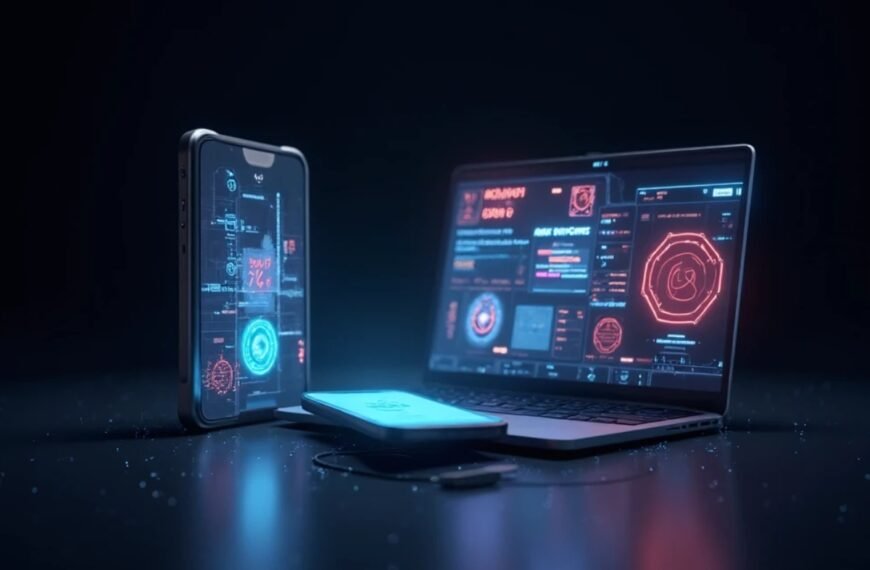Night-time Pet Emergencies: When to Call for Help As a pet owner, it’s heartbreaking to see your furry friend in distress—especially in the middle of the night when most veterinary clinics are closed. Knowing when a situation is an emergency can mean the difference between life and death for your pet. This guide will help you recognize urgent symptoms and understand when to seek 24/7 emergency veterinary services for immediate care.
Night-time Pet Emergencies: When to Call for Help
As a pet owner, it’s heartbreaking to see your furry friend in distress—especially in the middle of the night when most veterinary clinics are closed. Knowing when a situation is an emergency can mean the difference between life and death for your pet. This guide will help you recognize urgent symptoms and understand when to seek Link: 24/7 emergency veterinary services for immediate care.
Signs Your Pet Needs Emergency Care
Not all health issues require an immediate trip to the vet, but some symptoms should never be ignored. Here are the most critical warning signs that your pet needs urgent attention:
1. Difficulty Breathing
Labored breathing, choking, or excessive coughing can indicate a serious problem, such as an obstruction, heart failure, or respiratory infection. If your pet is gasping for air or has blue-tinged gums, seek help immediately.
2. Severe Injury or Trauma
If your pet has been hit by a car, suffered a fall, or endured a serious fight with another animal, internal injuries may not be visible. Even if they seem fine, internal bleeding or fractures could be life-threatening.
3. Poisoning or Toxic Ingestion
Common household items like chocolate, xylitol (found in sugar-free gum), antifreeze, and certain plants can be deadly. Symptoms include vomiting, seizures, lethargy, or uncoordinated movements.
4. Seizures or Collapse
A single seizure may not always be an emergency, but multiple seizures, prolonged convulsions, or loss of consciousness require immediate veterinary intervention.
5. Bloated or Distended Abdomen
A swollen belly, especially in dogs, linkhouse could signal gastric dilatation-volvulus (GDV), a life-threatening condition where the stomach twists. This requires emergency surgery.
6. Uncontrolled Bleeding
If your pet is bleeding heavily and the bleeding doesn’t stop within five minutes of applying pressure, they need urgent care.
7. Inability to Urinate or Defecate
Straining without producing urine could indicate a urinary blockage, which is fatal if untreated. Similarly, constipation with vomiting may signal an intestinal obstruction.
8. Sudden Paralysis or Extreme Weakness
If your pet can’t stand, drags their back legs, or shows signs of extreme lethargy, it could indicate a neurological issue, blood clot, or severe infection.
What to Do in a Pet Emergency
- Stay Calm – Your pet can sense your anxiety, which may worsen their stress.
- Call for Help – Contact a 24/7 emergency veterinary service like Veteris for immediate guidance.
- Handle with Care – Injured pets may bite out of fear; use a towel or blanket to move them safely.
- Transport Safely – Keep your pet secure in a carrier or on a flat surface while driving to the vet.
Preparing for Night-time Emergencies
- Save the number of a 24/7 emergency vet in your phone.
- Keep a pet first-aid kit at home.
- Know the quickest route to the nearest emergency clinic.
When in Doubt, Call for Help
If you’re unsure whether your pet’s condition is an emergency, it’s always better to err on the side of caution. Delaying treatment can worsen their condition. Trust professionals like Veteris to provide the urgent care your pet needs—anytime, day or night.
Your pet relies on you to make the right call. Being prepared and acting quickly can save their life.









